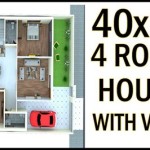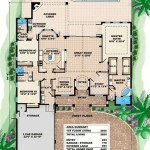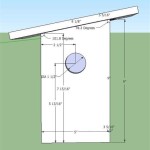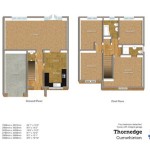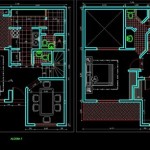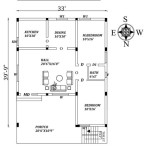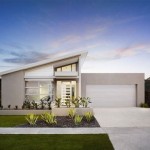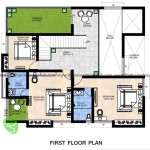Unlocking the Secrets of Solar Passive House Plans
Solar passive house plans are meticulously designed to harness the power of the sun, reducing energy consumption and fostering a comfortable living environment. Here are the essential aspects to consider when creating or selecting such plans:
1. Orientation and Site Analysis
The orientation of the house plays a crucial role in maximizing solar gain. Southern exposure is ideal for the northern hemisphere, as it allows ample sunlight to enter the home during winter. Conduct a site analysis to determine the best orientation for your solar passive house plan.
2. Window Placement and Glazing
Windows act as gateways for sunlight. Place large, south-facing windows to capture the winter sun. Consider high-performance glazing that minimizes heat loss while allowing sunlight to penetrate.
3. Thermal Mass
Thermal mass, such as concrete, masonry, and water, absorbs heat during the day and releases it gradually at night. Incorporating thermal mass into your design ensures a stable indoor temperature.
4. Insulation and Air Sealing
Thorough insulation and air sealing prevent heat loss through walls, ceilings, and floors. Choose high-quality insulation materials and meticulously seal gaps around windows and doors to limit thermal bridging.
5. Passive Solar Heating Strategies
Employ passive solar heating strategies, such as direct gain, trombe walls, and sunspaces, to harness the sun's energy effectively. Direct gain systems allow sunlight to enter the home, warming the interior. Trombe walls absorb and store solar heat, releasing it into the home at night. Sunspaces function as solar collectors, absorbing heat and transferring it to the main living space.
6. Ventilation and Natural Cooling
Ventilation is essential for maintaining air quality and preventing moisture buildup. Incorporate natural ventilation strategies, such as cross-ventilation, to circulate fresh air throughout the home. Design overhangs, awnings, and deciduous trees to provide shade and reduce cooling loads during summer.
7. Integration of Renewable Energy
While solar passive design reduces energy consumption, consider supplementing it with renewable energy sources, such as solar photovoltaic panels, to further minimize your carbon footprint.
Conclusion
Solar passive house plans offer an eco-friendly and cost-effective approach to sustainable living. By harnessing the sun's energy and utilizing passive design principles, you can create a comfortable, energy-efficient home that aligns with green building practices.

4 Bedroom With Passive Solar Design 16506ar Architectural Designs House Plans

Ranch House Plans For A Passive Solar 1 Bedroom Home

Solar Adobe House Plan 1870

Great Floor Plan For Solar Passive Home In Google Search House Plans Narrow

Passive Solar House Plans Version 3 Byexample Com

Passive Design Green Home Technology Center

Passive Solar Plans Unique Energy Efficient Hillside Home
What Does A Passive House Cost To Build Leanhaus

Passive Solar Home In Stoneville Western Coveney Browne Architects

Passive House Design Fontan Architecture

